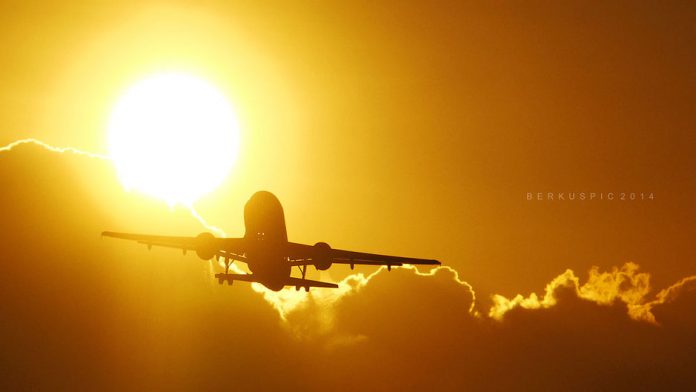Among my childhood memories is a Grade 7 science fair project in which we set out to test the effectiveness of various toothpaste brands. To ensure we had sufficient plaque, we ate cookies. Lots of cookies – 20 cookies a day if I recall. While undeniably delicious, the project did not make any lasting contribution to science (although it did contribute to my waistline). Fast forward to spring 2015 and the Intel Science and Engineering Fair, where two Canadian students were recently awarded top honours for remarkable achievements that most certainly will make a lasting contribution on a global scale.
Raymond Wang, just 17, took home $75,000 for his innovative work on airflow design in airplanes. If this seems abstract, just think back to the 2003 SARS outbreak – airborne viruses on planes are a major contributor to the spread of disease across the world. Wang’s design reduces pathogen inhalation concentrations on planes by 55 times and can be inexpensively retrofitted into existing airplane ventilation systems. While you should still keep an eye on those coughing beside you, Wang’s invention will help significantly reduce the chance of travellers catching an airborne “bug.” Watch him explain his prototype here.
Equally impressive is 16-year-old Nicole Ticea who has developed a simple blood test that identifies HIV infection at much earlier stages than current testing methods. Cheap, portable and disposable, Ticea’s invention could be particularly useful for HIV testing in developing countries and remote areas where access to labs is limited. She received $50,000 for her innovation, has founded her own company, and received grants and other awards to help it grow. See her show her point of care design here.
Recognizing and funding young scientists who are inventing ways to diagnose and prevent infections on a global scale is a great example of helping research become reality.
Airplane photograph “A320 (12024756694)” by Bernal Saborio from Costa Rica. Licensed under CC BY-SA 2.0 via Wikimedia Commons.








































